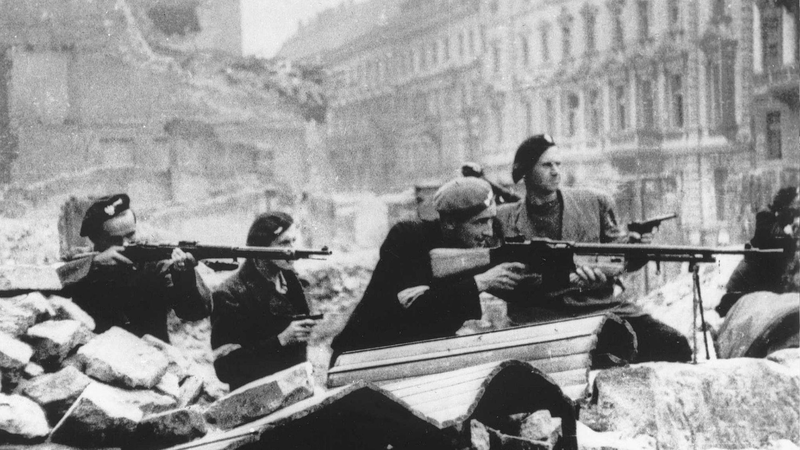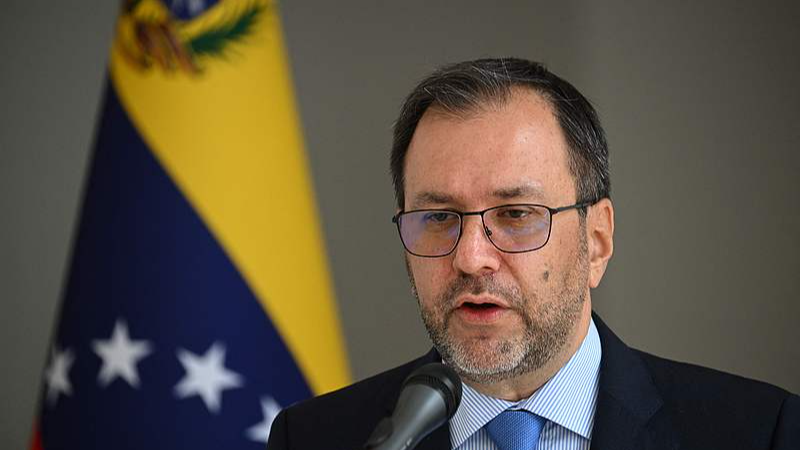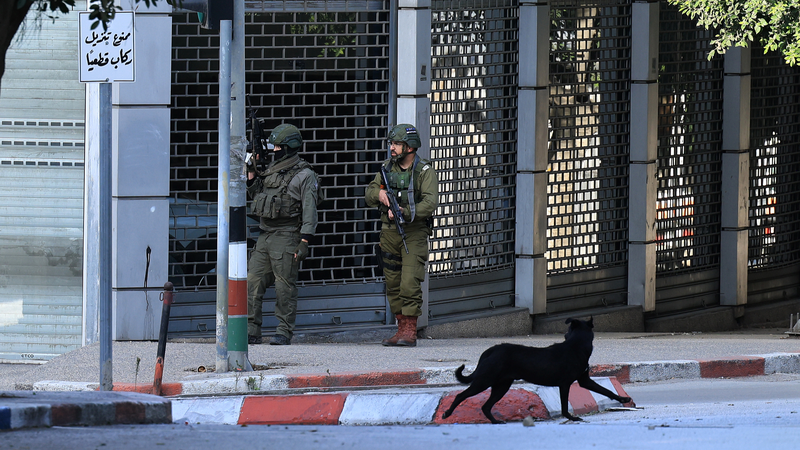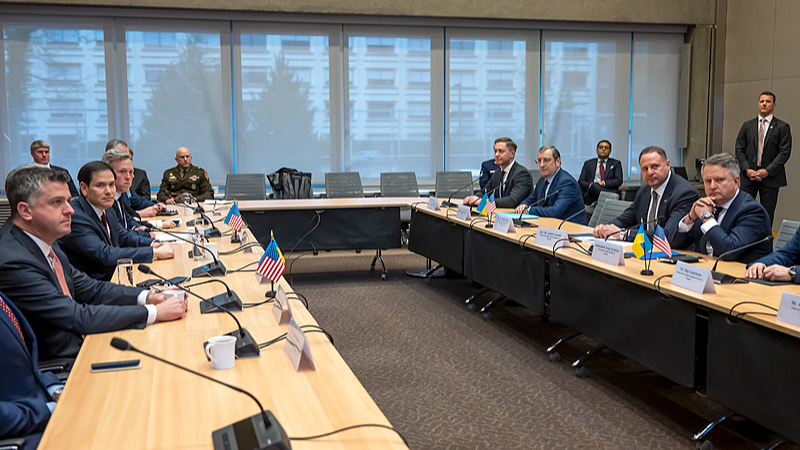Today, Warsaw stands as a thriving European capital, its modern skyline a powerful testament to human determination. But beneath the gleaming towers lies the memory of a city almost erased from the map.
Historian Krzysztof Mordyński, reflecting on Warsaw's darkest hours, describes the scene: "Warsaw was like a pile of ruins – nearly nothing here, especially in the center. But people returned to the city. People returned themselves. Nobody told them to."
Faced with a stark choice – to rebuild from scratch or salvage what remained – residents chose both. They painstakingly pieced together streets, plazas, and facades, determined to preserve the identity and tradition of Warsaw. "We wanted to keep… the identity, tradition of Warsaw, so for the people, for the pre-war inhabitants to feel still like they are living in Warsaw," Mordyński explains.
Today's Warsaw is more than a collection of restored buildings. It's a living story of resilience, where past and present converge. For global travelers, entrepreneurs, and changemakers, the city offers a blueprint for rebuilding communities, honoring heritage while embracing the future.
As digital nomads wander through revived neighborhoods and young professionals launch startups in repurposed historic spaces, Warsaw's legacy reminds us that rebuilding is more than brick and mortar – it's about people reclaiming hope and identity.
Reference(s):
cgtn.com




